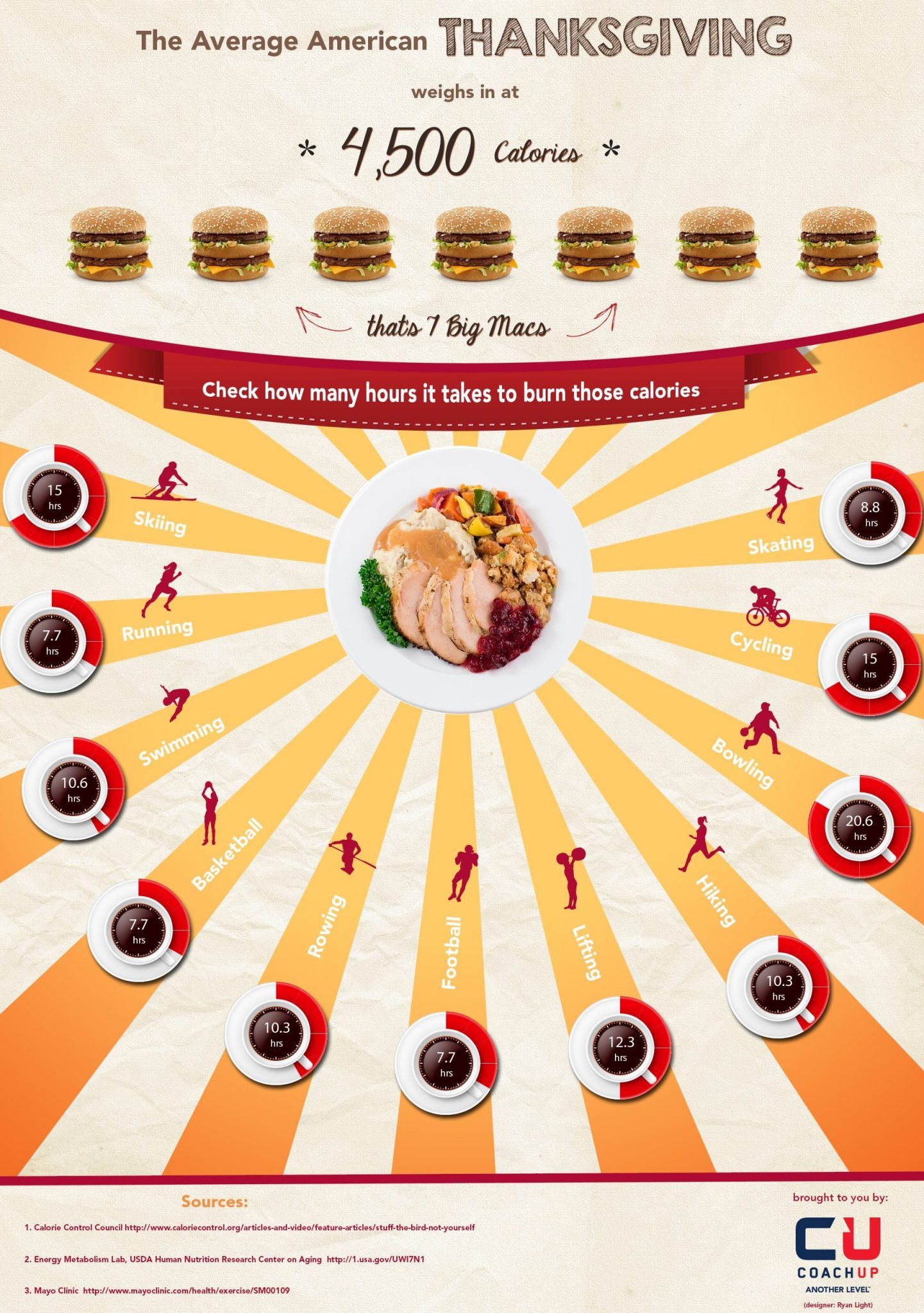How To Determine The Cost Of Cold Laser Therapy
How To Determine The Cost Of Cold Laser Therapy
Blog Article
Scientific Research Study on the Effectiveness of Cold Laser Technique
Cold laser treatment is a beneficial tool to aid hurting administration and the healing procedure. It is typically used in sporting activities medicine, dermatology and acupuncture.
Cold lasers pass through deep right into cells and promote chemical changes without heating them. They reduce swelling and swelling, speed up mobile activity and accelerate healing.
Academic History
Unlike the high-intensity lasers that surgeons usage to cut through tissue, cool laser treatment utilizes light-emitting diodes to permeate into your skin and promote recovery. As these photons get to damaged tissues, they launch a domino effect that boosts your cells' production of enzymes and accelerates your body's all-natural recovery processes.
The photons also lower discomfort with the production of endorphins and increase your body's capacity to drain pipes swollen areas by generating vasodilation (the growth of blood vessels). As a result, it aids you recuperate from musculoskeletal injuries and discomfort quicker.
Lots of people have heard about cool laser treatment from their physical therapist, chiropractor or medical professional and may be wondering just how it works. Unlike most laser tools utilized in the medical area, which actually warm up tissue, our state-of-the-art tools discharges chilly laser beam that don't cause any kind of heating of your cells. This enables your body to receive the healing benefits without causing any type of side effects.
Professional Trials
Cold laser treatment is typically recommended as a therapy option for individuals who have bone and joint pain and injuries. It can be made use of to decrease swelling, enhance cells and speed up the body's all-natural healing procedures.
Non-thermal photons of red and infrared laser radiation are absorbed by the light delicate elements in cells and launch an increase in intracellular metabolic rate that enhances cell recreation, decreases swelling, eliminates edema and reduces recovery time.
Unlike the light that is created by sunshine or basic lights, laser light is identical (all wavelengths travel parallel), coherent and monochromatic. These properties enable laser power to penetrate much deeper right into the tissues.
Numerous clinical trials have actually shown that LLLT can be efficient in lowering pain in the bone and joint system. Nevertheless, more properly designed studies are needed to examine the optimal settings for laser irradiation and to establish its effectiveness in particular problems, such as dental mucositis in cancer individuals obtaining chemotherapy or radiotherapy, and wound recovery (consisting of diabetic ulcers adhering to hammertoe surgery). This Aetna policy publication does not resolve other uses of LLLT, consisting of the therapy of numerous skin diseases.
Conclusions
Unlike surgical lasers that can damage lumps or coagulate tissue, cold laser therapy does not warm the body's cells. Rather, the light stimulates your cells to produce adenosine triphosphate, which accelerates the fixing procedure of injured tissues.
Aetna thinks about low-level laser (LLL) treatment clinically necessary for the prevention of oral mucositis connected with cancer cells therapy (radiation treatment, radiation therapy, hematopoietic stem cell transplantation) and non-cancer treatments (such as radiodermal injury, fibromyalgia). A number of researches revealed that LLT can be reliable in reducing PU signs without negative impacts. Nonetheless, distinctions in study designs and laser dosimetry made comparison of the results challenging; RCTs with low danger of predisposition are required. Making use of a 660 nm wavelength and greater power thickness seems extra effective than the other studied laser wavelengths. This could be because the other wavelengths may stimulate inflammatory processes and cause more side effects. The effect of the type of laser used is likewise essential; the authors suggest that future research focus on assessing different types of lasers and their doses to determine the optimal combination of laser parameters for PU prevention.
Referrals
Cold laser treatment is made use of by dental practitioners to deal with swollen periodontal cells, physicians to alleviate pain triggered by rheumatoid arthritis, and physical therapists to speed up the recovery of muscular tissue, ligament, and ligament injuries. Numerous medical insurance strategies cover this treatment.
Unlike hot lasers, which have a thermal effect on cells, cool lasers (likewise called low-level lasers) promote the cellular energy of the skin. Photons from the laser light penetrate right into the cell, broken capillaries treatment near me activating a collection of chemical modifications that promotes regrowth and lowers swelling.
In order to be effective, lasers should be properly arrangement and made use of. This is why it is not a good idea to purchase a low-cost over-the-counter laser device and attempt to treat on your own at home. A trained expert is called for to guarantee that the device is made use of properly to reduce the risk of eye injury and optimize its efficiency. The laser device have to be gotten used to the appropriate setting, strength, frequency, and position of the laser on the therapy area.